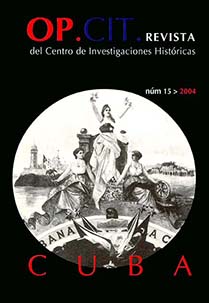Abstract
This work analyses the evolution of property relations in the agrarian world from 1899 to 1914. From a look at the legacy left during the colonial period as regards patrimony questions –communal estates, crown land, etc.-, it delves into the factors defining the agrarian structure in the first years of the Republic, the aspects determining the struggle over land ownership, the conflicts arising between large and small landowners, as well as the factors which facilitated changes and the triumph of the new socio-economic order in the countryside, represented by the large sugar estates.

